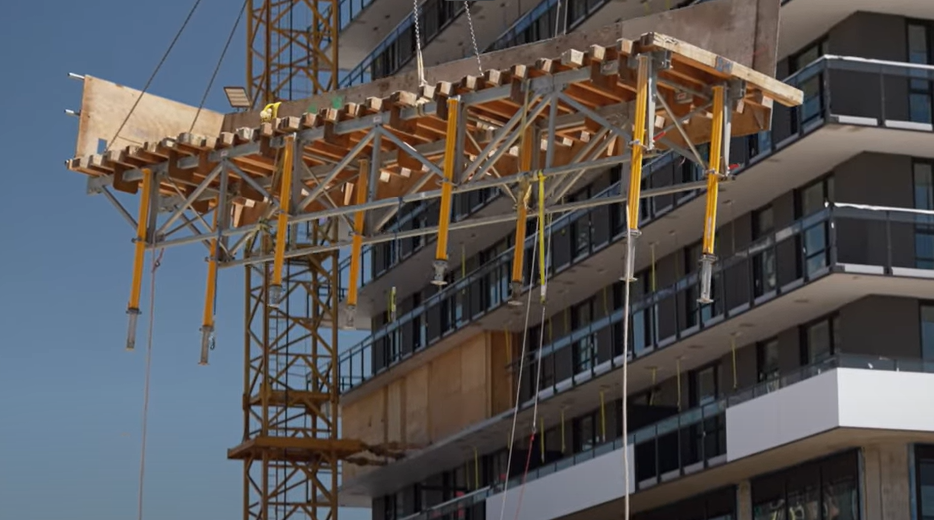Employees are more susceptible to mental health issues and substance abuse

You’ve heard it before, issues around mental health are increasing among Canadian workers as a result of the pandemic.
With regards to stress and mental health, those working in the construction sector are particularly at risk:
“There’s probably a number of factors […] that include vulnerability to burnout. You’ve got individuals that are often working long hours, environments that are effectively dangerous [and] always that ongoing risk of job insecurity,” says Dr. Khush Amaria, the latter point having been exacerbated by the pandemic.
Some common stressors include a high pressure to avoid making mistakes, because there are really serious consequences.
Dr. Amaria, PhD., C.Psych, is a clinical psychologist and senior clinical director for CBT Associates and MindBeacon digital therapy.
MindBeacon has clients in different industries, including construction. Dr. Amaria says through its research the organization has seen that “[Construction workers] suffer from higher levels of anxiety and depression than the general population.”
As well as broader mental health issues, there are also higher suicide rates among construction workers. Dr. Amaria says that there are a number of probably factors that are contributing to overall suicide risk:
“Without being too stereotypical, [construction] is still fairly a male dominated industry, and we know overall attention to men’s mental health issues is still quite low in the research community,” she says.
Men are broadly less inclined to open up due to societal attitudes towards gender, which reinforces barriers that don’t allow people to seek help.
“Those individuals are even more likely than others to want to hide what is going on, with the fear being that it might negatively impact their career,” says Dr. Amaria.
Aside from gender, we have to consider other risk factors such as age and the involvement of substance use.
On that point, the construction industry does have a history of increased drug use and even substance abuse.
There is limited data, but Dr. Amaria indicates that there is likely a higher use of drugs in the industry. In addition, the pandemic has generally increased substance use across workers in all industries in Canada.
“Everything is amplified in this community, where there is even less awareness of mental health support,” she says. “You’re at high risk of substance use if you are experience a mental health condition or some other type of stressor.”
It is important to take a holistic view of worker health, because mental and physical health and safety are intrinsically linked – especially in the construction sector. For example, due to the hazardous nature of the work, injuries are common. Workers may be prescribed pain medication which they could end up getting addicted to – potentially creating or exacerbating already present mental health issues which are not talked about, which may lead to more substance use.
“This idea that we can parcel out addictions, mental health and physical health is ridiculous,” says Dr. Amaria. “There is no one solution to treat it all, every element has a role to play.”
Another issue that may negatively impact worker health is worksite bullying and harassment.
Social attitudes carry into the workplace, says Dr. Amaria, especially in male-dominated industries where “macho” behaviours and attitudes may be conducive to bullying, hazing or harassment.
“It perpetuates if you don’t have the right leadership,” says Dr. Amaria.
And those who may be vulnerable and hiding it can be seriously affected by bullying or workplace harassment. Women or racialized workers can be even more vulnerable to toxic worksite behaviours.
The right leadership supports workers, and is willing to call out toxic behaviours, talk about its impact and share their own stories about how they’ve been affected by similar concerns.
“We may believe that we’ve come a long way when talking about stigma, but it’s not even across our Canadian landscape,” says Dr. Amaria. “We continually try to break the stigma, but people still suffer in silence. People still struggle to identify signs of mental illness decline, and struggle to seek help in different industries.”





